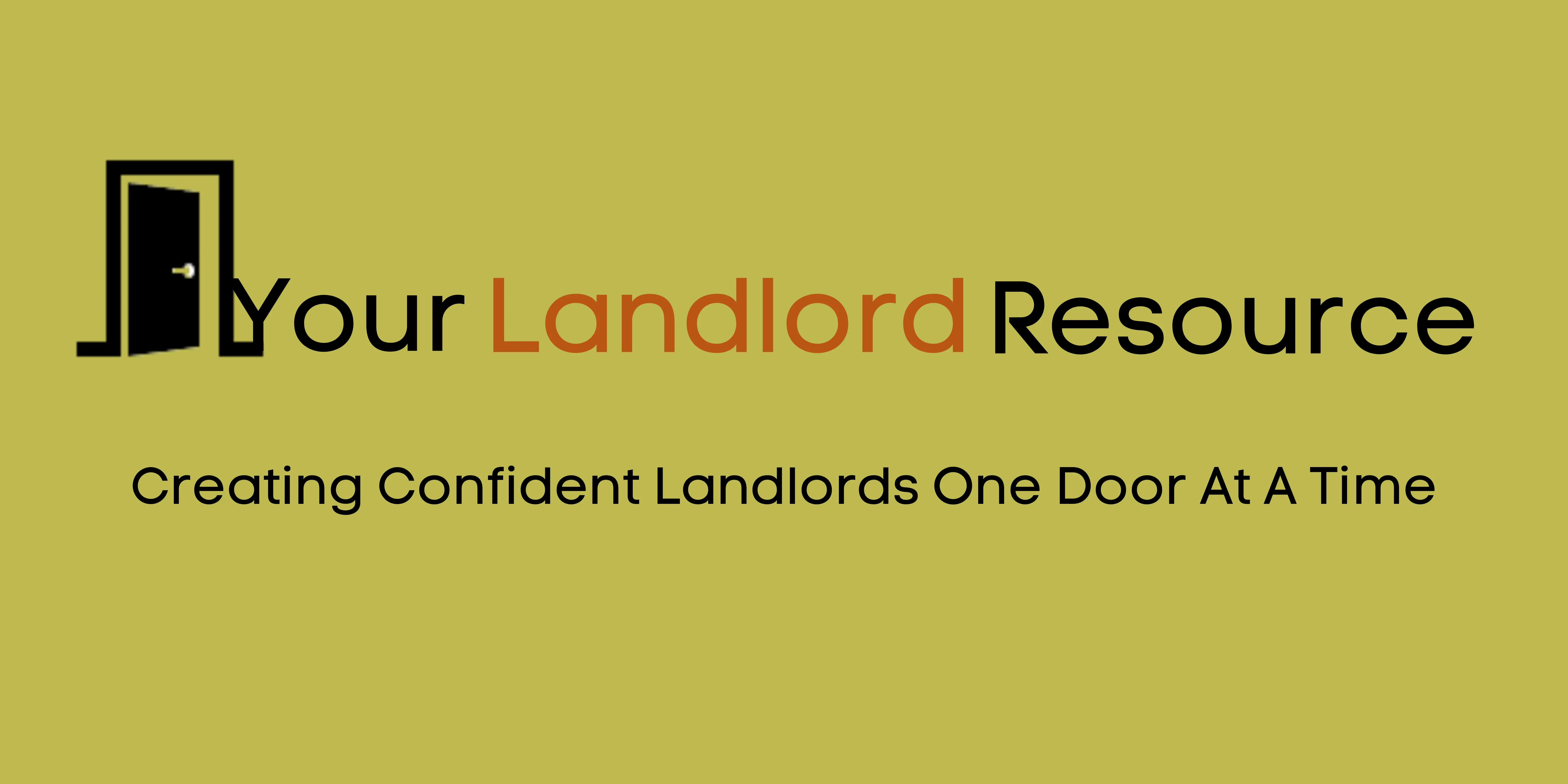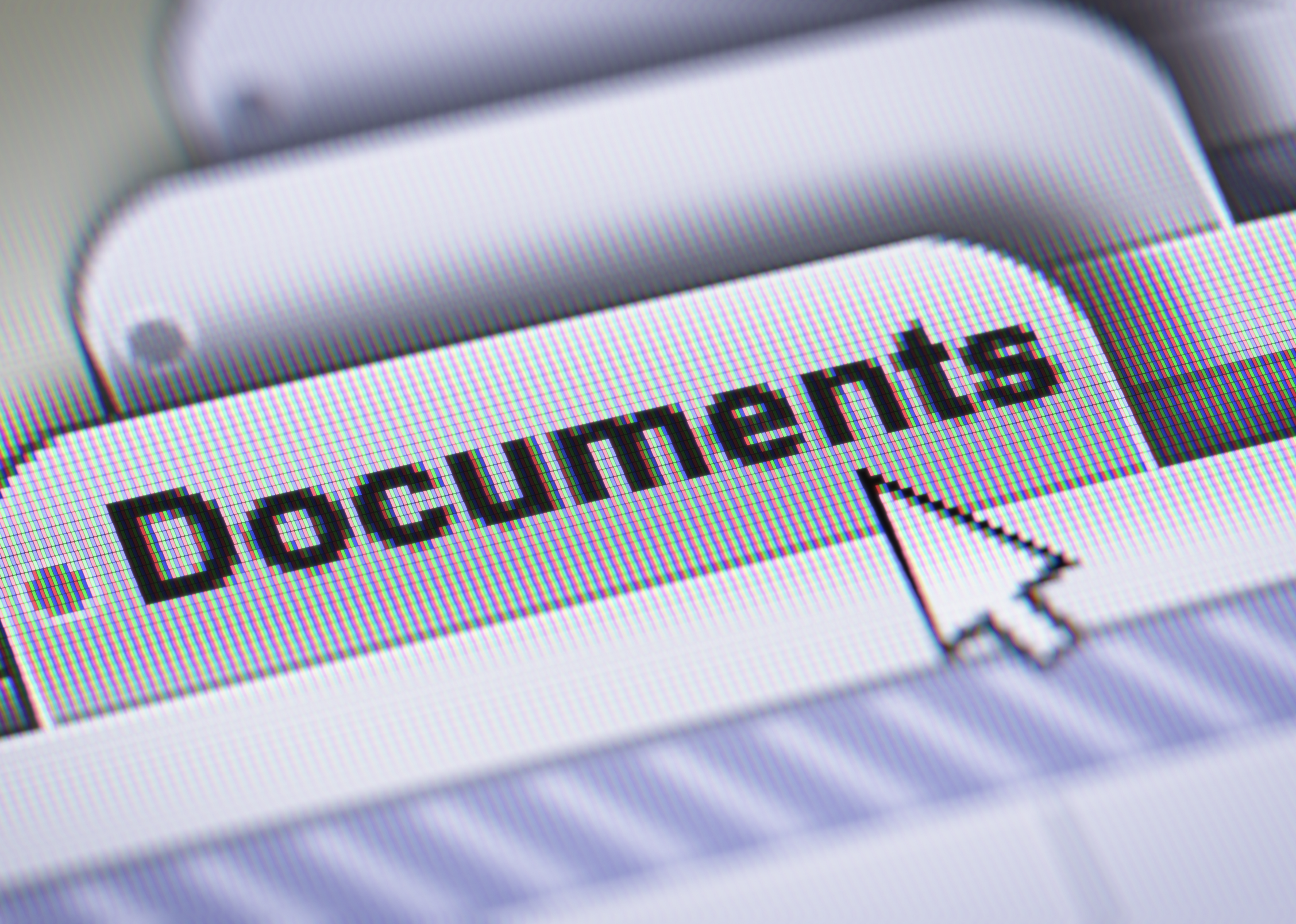this is a page for
Daily Archives: November 16, 2021
Part of owning any business is keeping your paperwork in order. For rental properties, it is imperative to know where every document is located. It does not matter if you prefer paper trail or electronic files. What does matter is keeping your rental property documents, photos, and records organized.
Documents You Need For Each Unit
We have one file for every tenant. In this file, we keep:
- All documents used to process their application.
- Signed lease copy with addendums.
- All maintenance requests. Plus notes on who, what, and when maintenance was performed.
- Papers and notices served.
- Inspection reports, photos, notes on conversations with the tenant about lease violations found.
- ALL documented correspondence between you and the tenant, including emails, text conversations, and notes written about personal conversations.
- Photos: before move-in, inspections, all maintenance requests, and final move-out inspection (or link to digital file)containing these.
- Move-out security deposit disbursement papers with the tenant’s forwarding address.
If you keep a combination of paper and electronic files on each tenant, make sure you notate the location of electronic files (photos, scanned leases, etc.), plus passwords in case someone else needs to take over management unexpectedly.
How to Organize Documents For Each Property
Tenants come and go, but keeping your rental property documents organized is an essential business practice. With that said, it is also important to have separate, organized files that pertain to each property you own.
If you prefer the paper file method, choose a file drawer/box or accordion folder and create monthly files for receipts. Include receipts for all expenses like completed contractor work, paid utility bills, and maintenance supplies specific to THAT property. The organization of your expenses will make your bookkeeping at the end of the year much more manageable. If receipts pertain to items specific to a tenant (repairs made they must reimburse for), make a photocopy and place it in their file as well.
Good Options for Electronic Receipt Filing
We have found Expensify or SmartReceipts are most highly regarded for electronically storing and organizing receipts, especially when on the go.
Expensify is great on the go. You can snap a photo of the receipt with your phone, and it will pull out the vital information needed (Business name, date, amount, etc.) and save it in your cloud. You can also link it with your credit card for easy downloads of receipts and bookkeeping software like QuickBooks.
SmartReceipts is another convenient option for turning your phone into a scanner. Here are the top benefits of this app:
- Customize PDF, CSV, or ZIP format reports you can export
- Free and open source
- Take receipt photos or import them from your photo gallery
- Tag receipts you’ve captured with metadata to help you find them later
- Track your mileage during travel
- Sync your receipts and reports with Google Drive
- It has an OCR feature to recognize text from your scans
Included with your receipts, you should have a copy of your rent roll. This tool is a monthly statement of what rent and income you earn per property. Typically your bookkeeping software provides this, or you can create a spreadsheet to track it. Having all of your income and expenses in one place makes it easy to evaluate the value of the property and the returns on your investment.
For documents and items that have no time stamp, consider using a binder to store:
- Warranties on machines.
- Maintenance logs (to record when you serviced appliances last)
- List of all makes and models for appliances and HVAC units.
- Back-up keys for units, mailboxes, gates, garages, etc.
- Copy of the updated declarations page for your liability insurance.
If you are more electronically inclined and prefer access to your files from any device, we recommend creating a Google Doc or using Evernote to store the above files in the cloud. The ability to share these files with maintenance personnel from anywhere is worth it. Back-up keys may be an issue, but many units are switching to an electronic key entry, so needing key copies may no longer be a consideration for some. Are you beginning to understand why keeping your rental property documents organized is an important business practice?
Businesses should have Operations plus Policy and Procedures manuals.
An Operation Manual
This manual describes all of the essential practices for operating your rental property business. Additionally, it should explain the following:

